Norway’s Færder snekker constitute a small racing class that hails from outside of Tjøme in the country’s Vestfold region, 55 nautical miles south of Oslo. The two-part name reflects the dual lineage of piloting and fishing that historically defined the island of Hvasser, where the Færder snekker fleet was born and still thrives. The boats are named in part after the Færder Lighthouse, which lies 4 nautical miles southeast of Hvasser. The lighthouse marks the southwestern entrance to Oslofjord, the narrow route north to Oslo. Snekke (the singular form of snekker) refers to the hull shape of the older and smaller sail- and oar-powered working boats used for hunting and fishing along the southern Norwegian coast through the turn of the century.
Both piloting and fishing along the Norwegian coast demanded high levels of seamanship. The drive to be the first to market with a fresh catch or the first out to a passing vessel awaiting a pilot naturally gave rise to a strong spirit of competition among the local population, whose livelihood depended on these trades. Racing workboats for sport was a natural extension of this impulse and informal regattas became a summer pastime in the second half of the 19th century. The Færder Seilforening (Færder Sailing Club) of Hvasser was formally founded in 1897, with an inaugural regatta that year on Midsummer’s Day—the Scandinavian summer holiday marking the summer solstice. Midsummer marks the kickoff for the regatta season to this day, and races are scheduled every other week through September.
In the early days of the Færder Seilforening, there was a clear class distinction between the pilots and the fishermen who came together to race in summer. The club officers were aways pilots while the fishermen were ordinary members. Initially, the regatta boats were workboats moonlighting as a racing fleet on Sundays. Most of the local population was either participating or standing watch on the docks as spectators. In black-and-white photographs from the period, children, fisherwomen and pilots’ wives alike are elegantly turned out in their Sunday best along the waterfront, some with pilots’ binoculars around their necks.
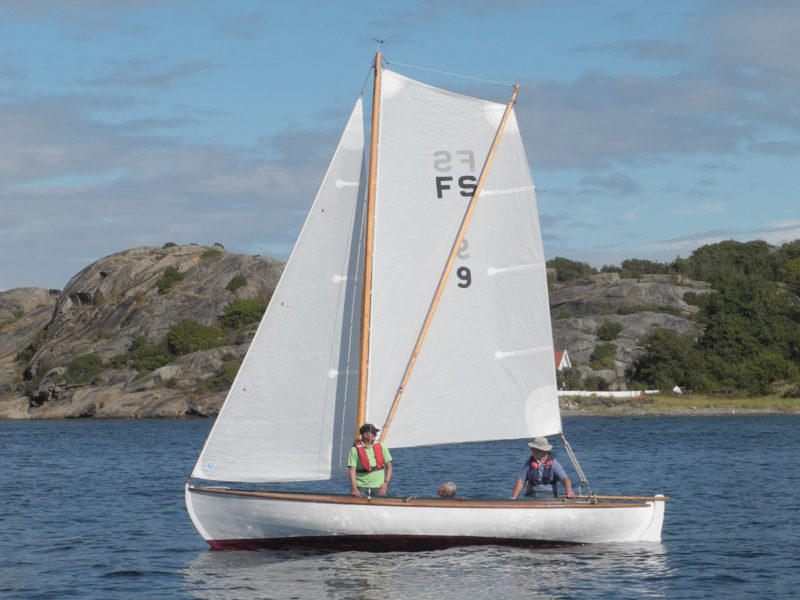 Eli Ulriksen
Eli UlriksenThe main is a spritsail with an unusual shape: Its “peak” is lower than its throat. The line running from the top of the mast to the top of the sprit serves to flatten or increase the depth of the upper part of the mainsail, thus improving sail trim and safety in varying wind conditions.
The racing fleet had evolved from heavily framed lapstrake workboats to carvel-planked hulls by 1910. The Færder snekker, though inspired by drift-net herring boats and mackerel fishing snekker, were purpose-built exclusively for racing beginning around 1923. Two boatbuilders in particular, Hans Jansen and Alf Andreassen, were responsible for developing and refining the design that came to be known as the Færder snekke. Jansen built six for the racing fleet throughout a career that began in 1897. Andreassen began his apprenticeship in 1913, and would go on to turn out an impressive 17 Færder snekker throughout the 1930s and ’40s. The boats’ design and construction naturally evolved toward a consistent form during this period despite the fact that the class design rules were somewhat nebulous. Slight variations in specifications are still evident across the fleet today, in large part because two-thirds of the current racing fleet was built well before plans were drawn up. The difference in length and depth between the oldest boats can be as much as 4″ (10cm).
Of the 31 boats regularly sailing in the Færder Seilforening at present, ten were built in the 1940s, four in the 1930s, and four in the 1950s. Most of these have been meticulously restored by their owners. New-builds today follow lines and construction plans that were drawn up in 1978 from four of the oldest and best-maintained examples in existence at the time. Four newly built boats and a number of restored ones have joined the fleet since the Færder Seilforening 100th anniversary celebration in 1997. The oldest currently sailing, FS 9, was built in 1937 and still races regularly. Boats are assigned consecutive numbers as they joined the racing fleet and early numbers are occasionally reassigned if old boats are lost. The most recently launched this past summer proudly carries FS 44 on her sail. It is not certain exactly how many of the boats have been built since the 1920s, but the number is certainly higher than 44: In the early days of the club only members of the racing fleet were given numbers. The only break in racing during more than a century of club history came during WWII. During the war, owners hauled the boats and removed every scrap of lead (including external keels) from every boat in the fleet. The ballast was then buried ashore to keep the sought-after material from being seized by the occupying Germans. After the war ended, ballast and keels were exhumed and reattached, and racing resumed.
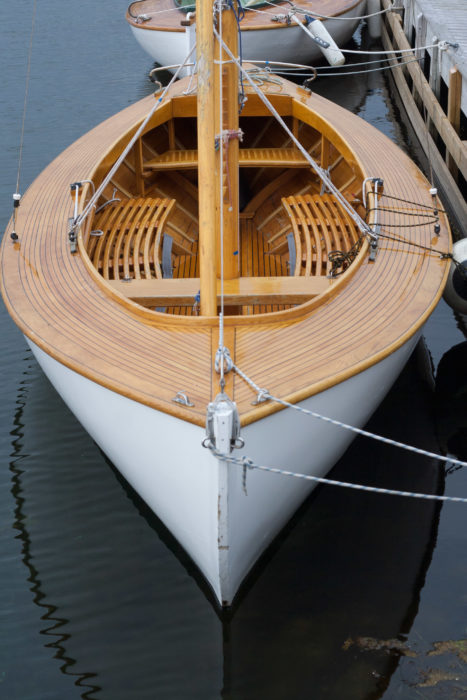 Evelyn Ansel
Evelyn AnselThe hiking straps visible at the edge of the side benches are a recent addition to the interior arrangements.
Færder snekker are long-keeled, open double-enders with an overall length of 20′8″ (6.3m), and with a substantial draft of 3′1″ (0.95m). The classic design includes no bulkheads or flotation,which is something a prospective builder or owner might consider. Pairs of steam-bent ash or pine frames are placed between oak sawn frames, cutting down on weight, time, and the number of natural crooks required. The hull is carvel planked in pine, and the deck is pine or spruce. A thwart and mast partners are situated forward in the cockpit, side benches amidships, and a small thwart or U-shaped sternsheets aft. There are no accommodations for rowing or an outboard and the only auxiliary power is, and always has been, nothing more than two paddles—these boats are not intended for work. In spite of the lack of auxiliary power, some determined regatta entrants regularly sail from homeports three to five hours away to participate in the bimonthly summer races. The hulls are generally painted white or finished bright, and the interiors often feature a deep forest green that is known as “Færder green” in Norwegian hardware stores.
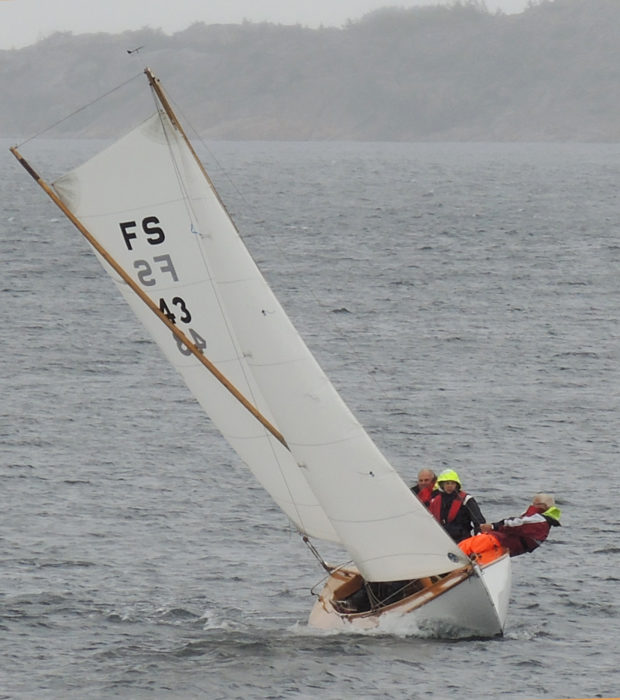 Eli Ulriksen
Eli UlriksenRacing off Hvasser in a fresh breeze. Hiking straps play a key role in modern racing.
Today’s Færder snekker are sprit rigged like their fishing forebears, but their hulls are much deeper. New builds feature a 1.090-lb (500-kilo) external lead keel, while boats built prior to 1980 carry the same weight split between internal and external ballast. The mainsail ranges from 118 to 124 sq ft (11 to 11.5 m2), and the jib is not to exceed 70 sq ft (6.5 m2) according to regatta regulations. The main’s “peak” is lower than the throat, giving the rig a profile that seems a little unusual to me, a kid raised in New England.* The sprit features a sheave at the top for easy setting without having to lower the pole, and a line running from the top of the mast to the top of the sprit allows for greater control in trim adjustment. The racing sails generally don’t have reefpoints, but some boats carry a separate set of storm sails when cruising. The boats are happiest in 15 to 20 knots of wind, and are fairly quick in stays.
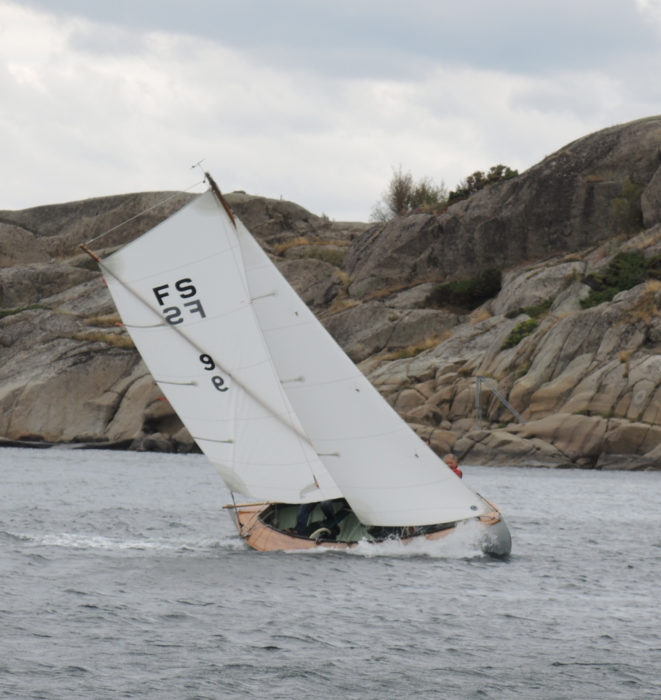 Eli Ulriksen
Eli UlriksenWide side decks allow Færder snekker to sail comfortably with the lee rail submerged.
Side decks allow for sailing in relative comfort with the lee rail well under. Eli and Ulf Ulriksen, former owners of FS 9, have noted that “she is reasonably stable and will carry a heavily built man standing on the extreme edge of the side deck hanging onto the shrouds, without capsizing or causing water to flood over the lee coaming.” Even so, when racing in gusty or fluky conditions, it is important to have quick-thinking and agile live ballast aboard. Prior to 1970 it was considered highly unsportsmanlike sit on the coaming and positively unthinkable to hike out while racing but hiking straps in every boat in the modern fleet are testament to the evolution of prevailing tactics and thinking. It is possible to singlehand the boats, but the regatta regulation crew of three is ideal. With a beam of 6′3″ (1.9 m), the boats will carry four adults comfortably, though perhaps a bit sedately, in lighter air.
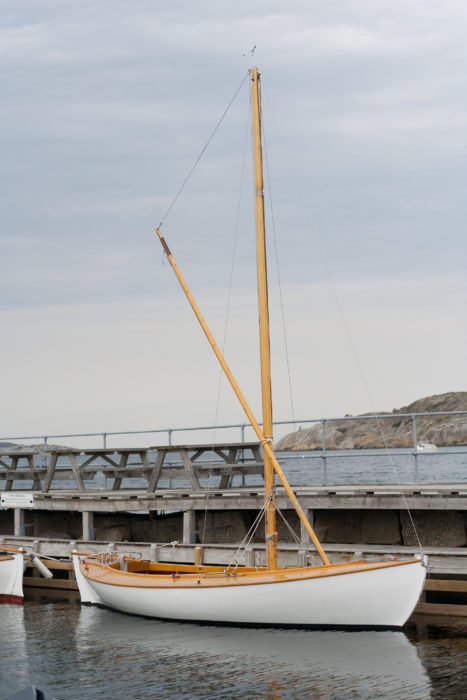 Evelyn Ansel
Evelyn AnselMost of the boats have a bronze or brass pole ring that slides up and down the sprit. The ring has two welded eyes: one to attach to the peak of the sail and the other to attach to an outhaul that runs through a sheave in the peak of the sprit. The leather chafing gear at the upper end of the sprit protects it from the pole ring.
Though the Færder snekker are much beloved within the Norwegian sailing community, they are not widely known abroad. I first encountered a lone Færder snekke at a maritime festival in Oslo in the summer of 2014. It stood out among the several hundred boats there for reasons that were initially difficult pin down. Over the course of the weekend, I kept returning to the dock where she was tied up, wondering what it was about this little double-ender that kept catching my eye. There was an enormous amount of variation in boat types represented at the show, from Viking ships to Nordlandsbåt from the north and Oselvar from the west to steel tugs, motorsnekker, and Redningskoites, but she was the only one of her kind. She was small and open, but did not fit in with the similarly scaled, rough, and hardy oiled workboats from the north. On the other hand, the boat had shadows of an appealing older working aesthetic that didn’t fit in with the larger, yachty Meter boats or varnished cruisers either. It was an intriguing combination and proved sweet to watch under sail during the festival regattas and parades.
On the final day of the festival, I was fortunate enough to be introduced to Sissel and Ivar Karlsen, the current owners of the Færder snekker—FS 9, VESLA—after they received the festival award for Best Traditional Restoration of a Historic Vessel. The Karlsens had sailed 77 nautical miles from their homeport to attend the festival and, in keeping with tradition, carried only two paddles for auxiliary power. Ivar and Sissel grew grew up on two different islands neighboring Hvasser, and both harbor a powerful and well-deserved sense of pride and ownership not only toward their VESLA but also toward the entire fleet of Færder snekker. Though the boats are no racehorses, competition among them is lively, and they inspire enormous loyalty in owners like the Karlsens and the Ulriksens: Many own and race the boats for decades at a time. I saw this genuine dedication to the type in every person I met who had ties to the Færder-snekke tradition and fleet. They say that interest in the Færder snekker has only increased since the club’s 100th anniversary in 1997, and club members are hopeful about the future for the boats.![]()
Evelyn Ansel grew up in Mystic, Connecticut, and has chased small boats from Venice to Stockholm and beyond. When not on the water, she spends most of her time in museums and conservation labs. Her article, “The Snekke: Norway’s timeless motor launch,” appears in the March/April 2015 issue of WoodenBoat.
*John Leather’s book, Spritsails and Lugsails, shows a type of Danish fishing boat, kaperboats, that had spritsails with the peaks set lower than the throats. —Ed.
Færder Snekke Particulars
[table]
Length/20′8″
Beam/6′3″
Draft/3′1″
[attr style=”font-weight:bold;”]Sail Area
Main/118 to 124 sq ft
Jib/70 sq ft, max.
[/table]
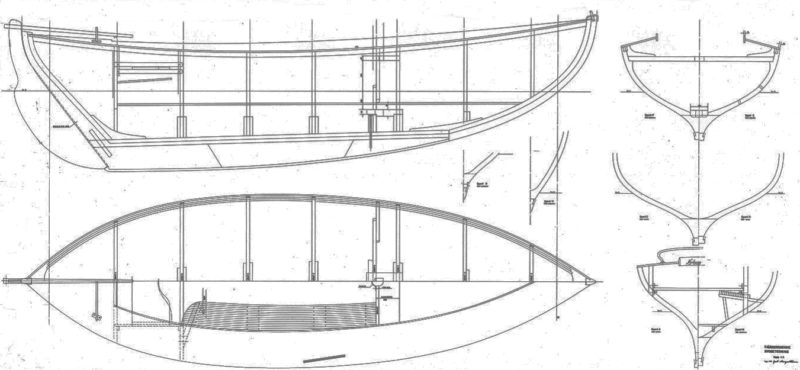
Drawings: Gert Morgenstierne circa 1978, courtesy of the Færder Sailing Club, Tore Marthinsen
For more information or to procure plans, see the Færder Sailing Club website. The site is in Norwegian, but you can open an English version with Google Translate.
Is there a boat you’d like to know more about? Have you built one that you think other Small Boats Monthly readers would enjoy? Please email us!
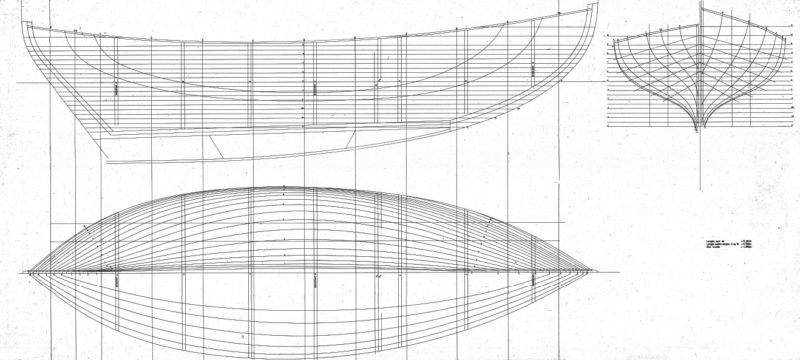
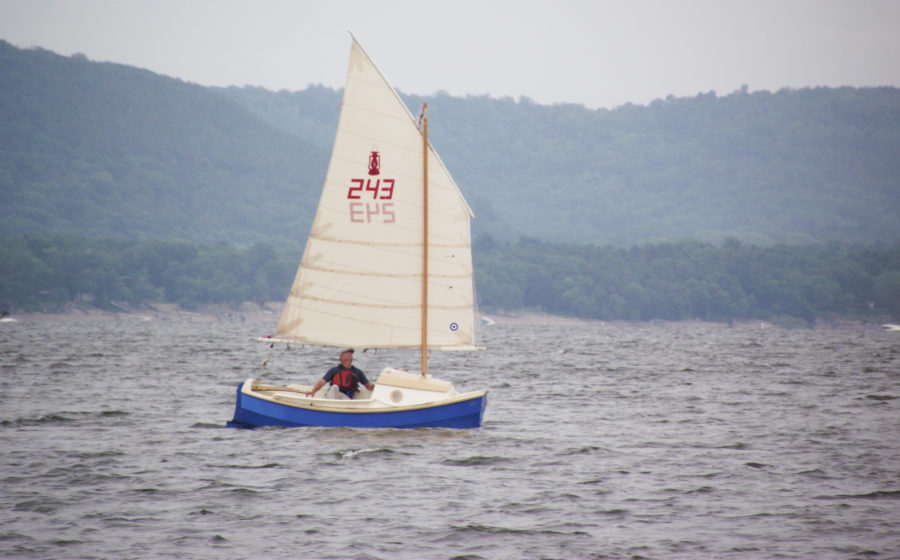
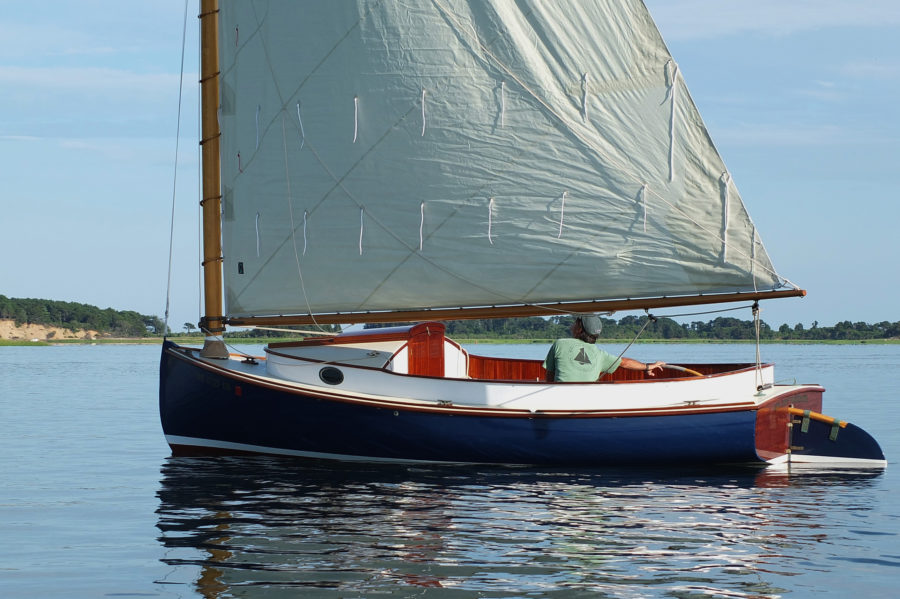
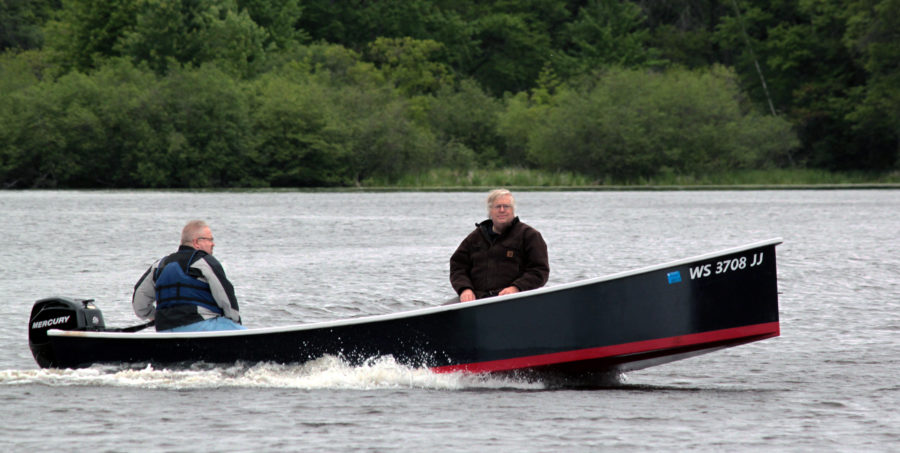
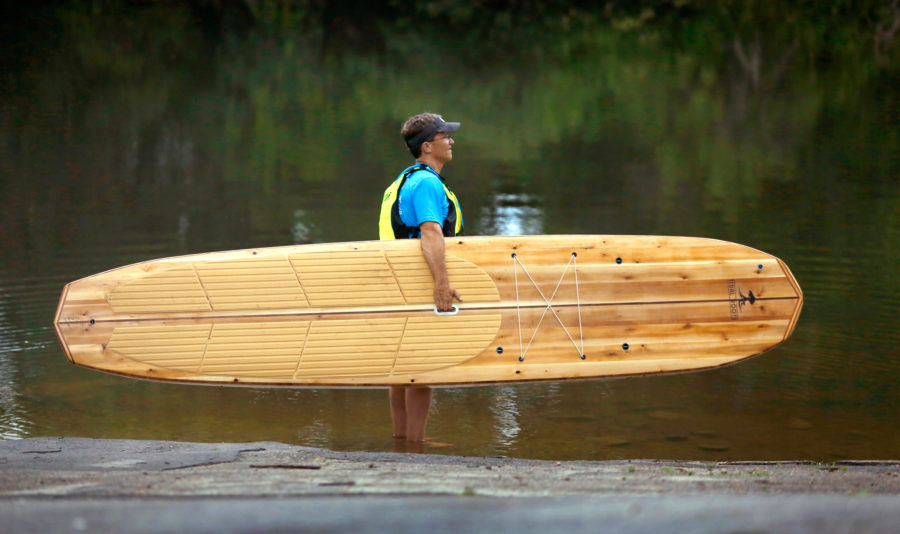
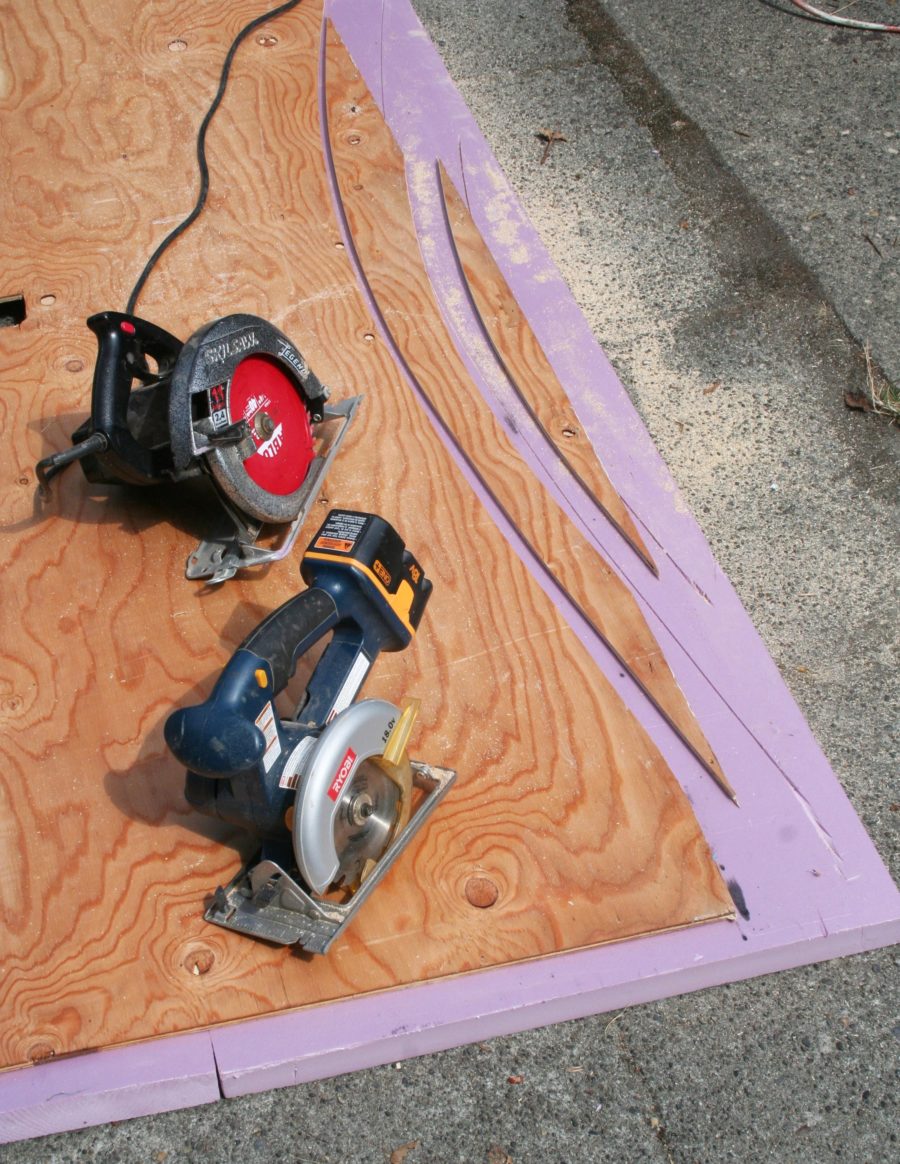
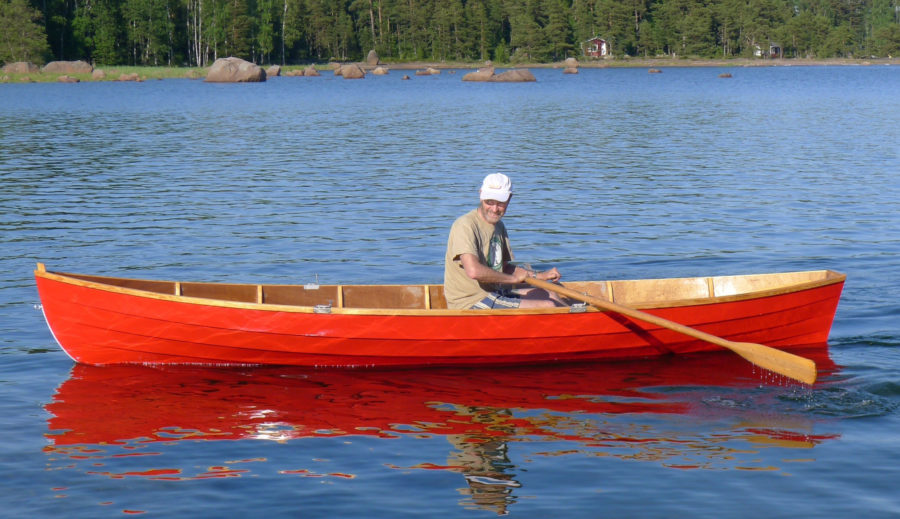
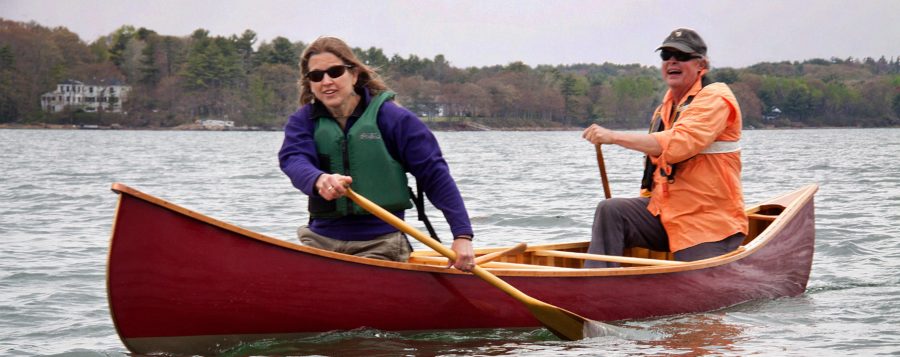

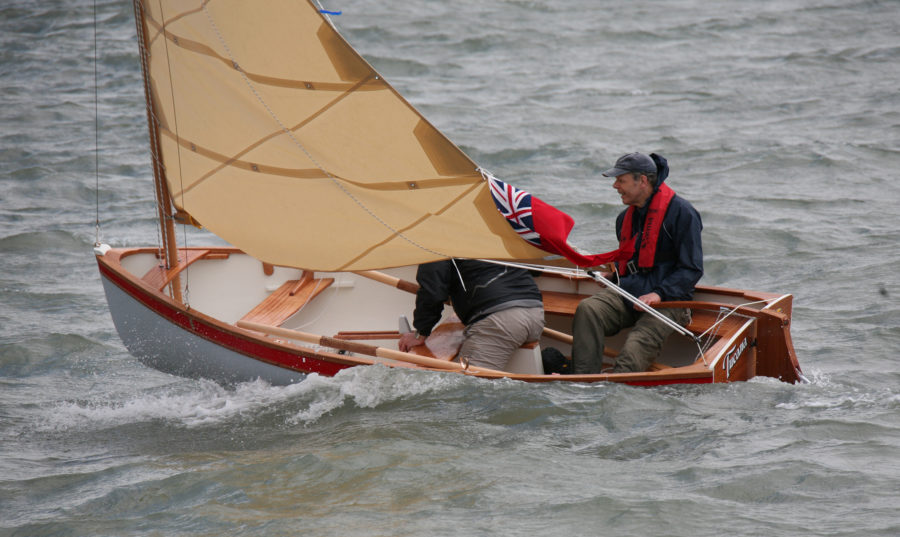
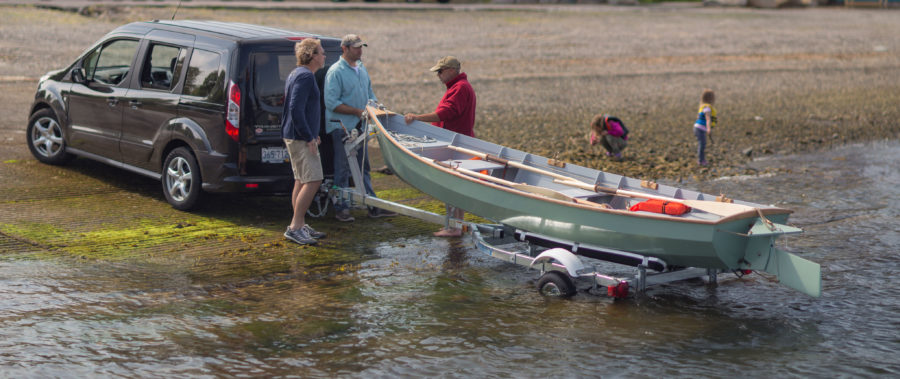
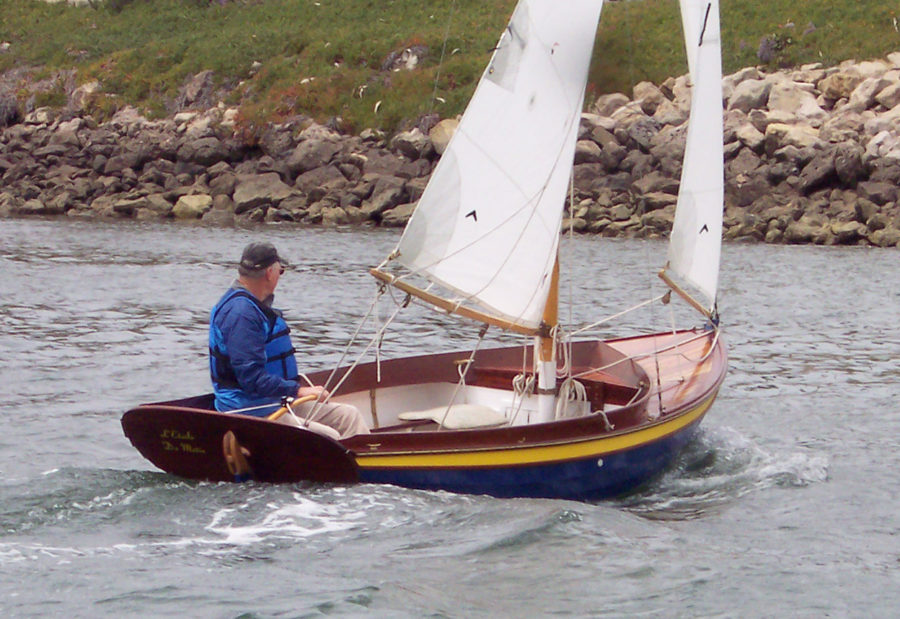
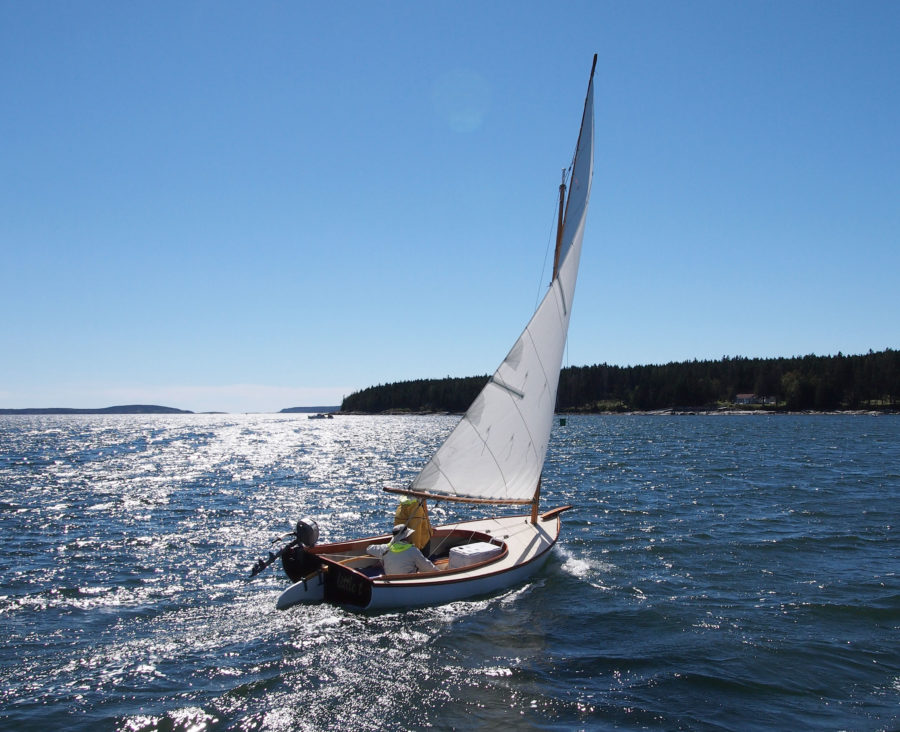
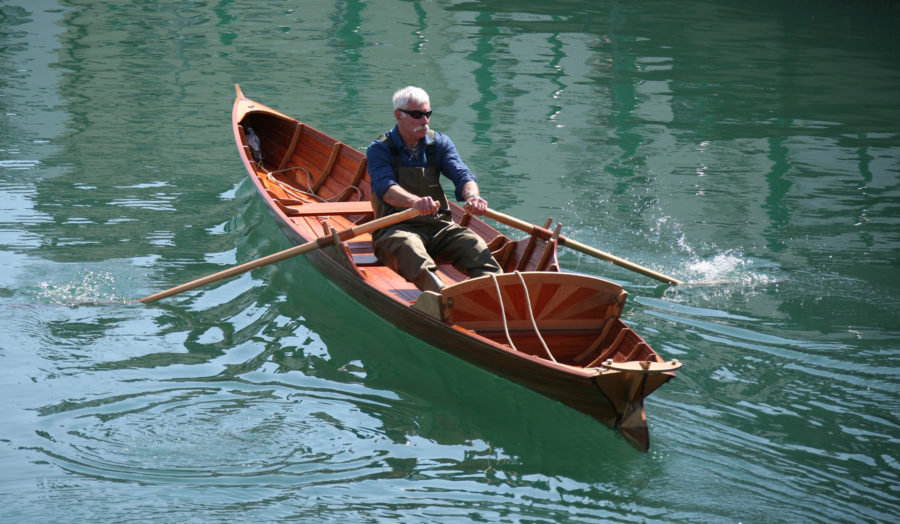
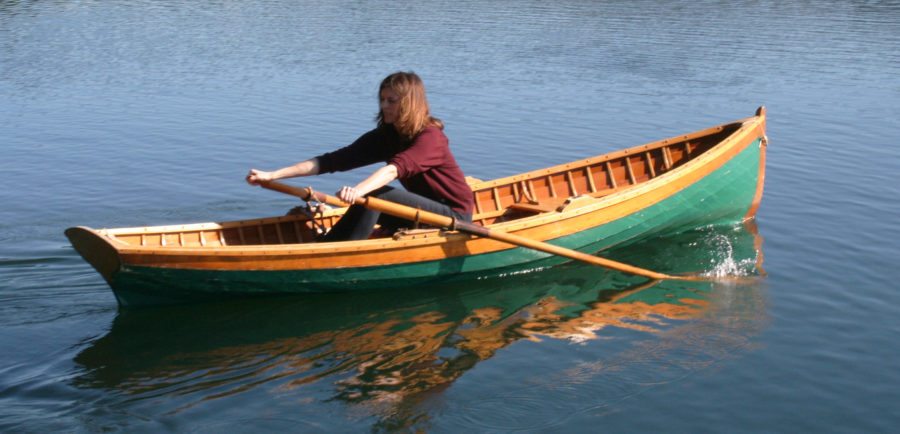
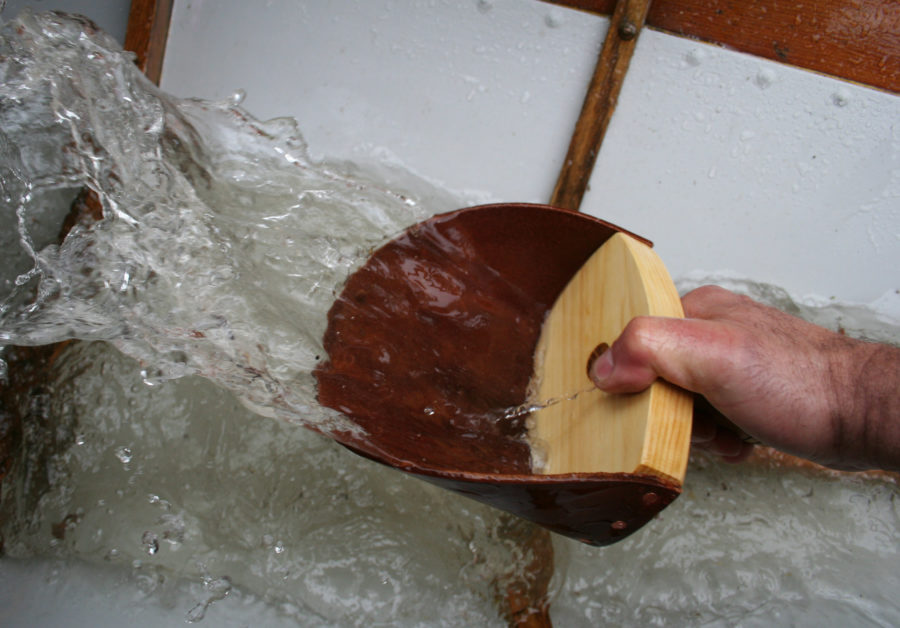
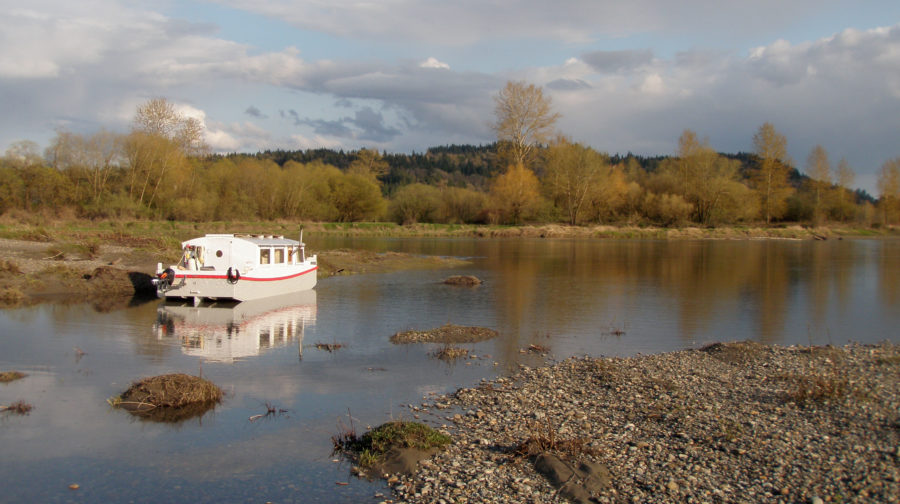
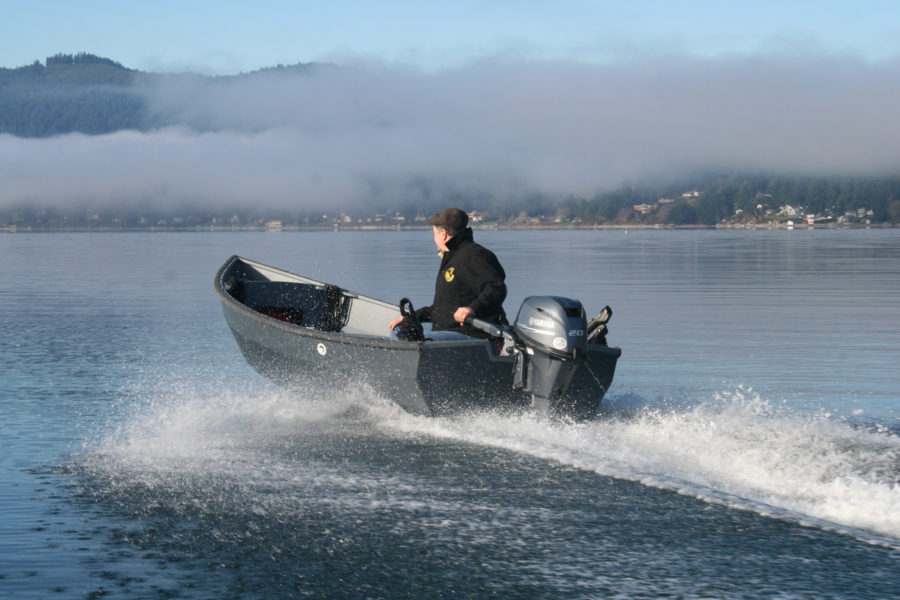
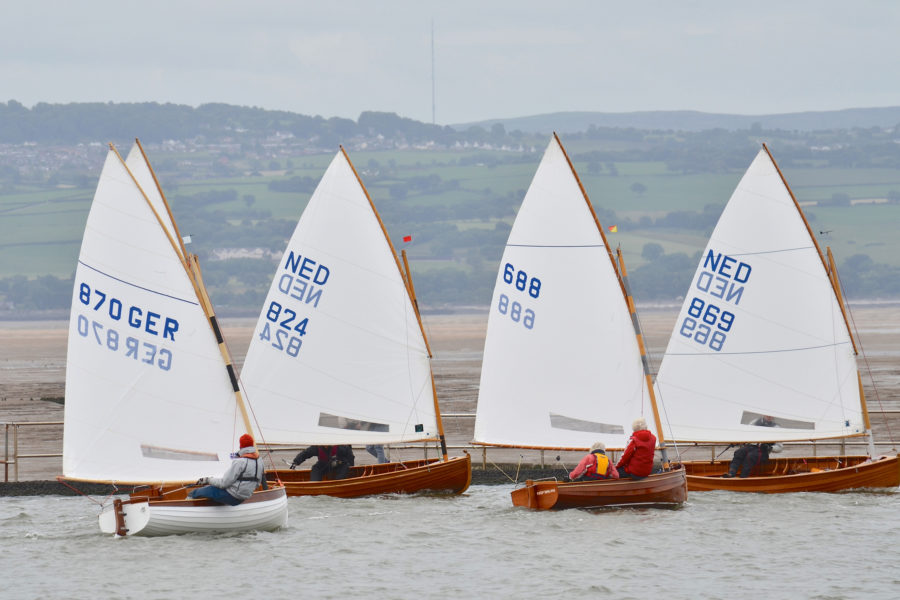
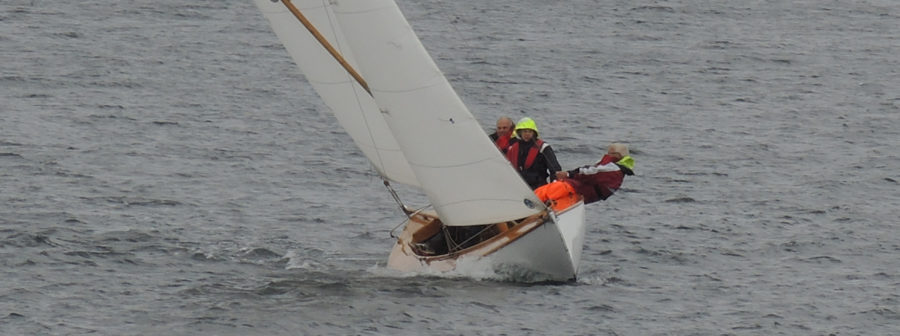
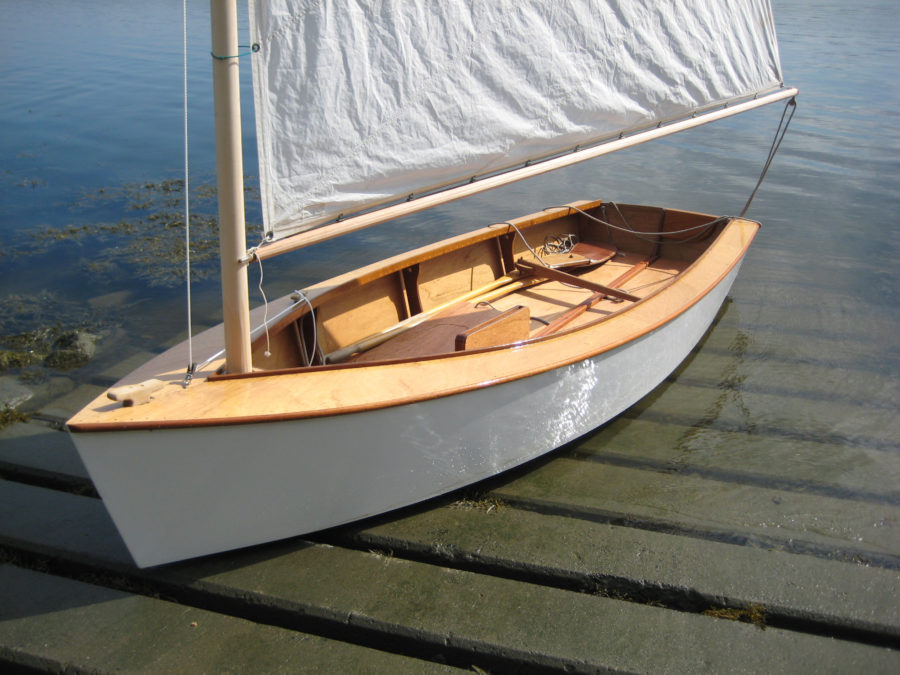
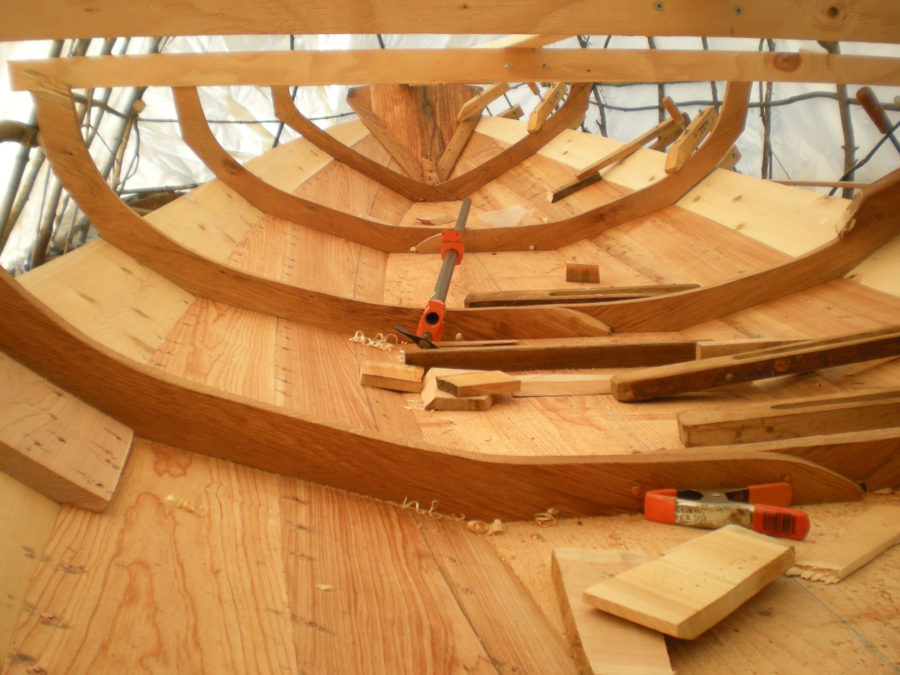
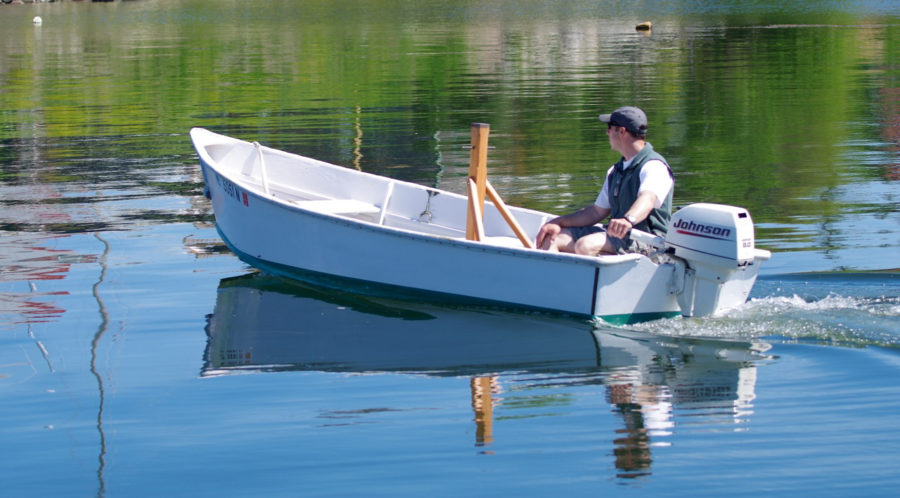
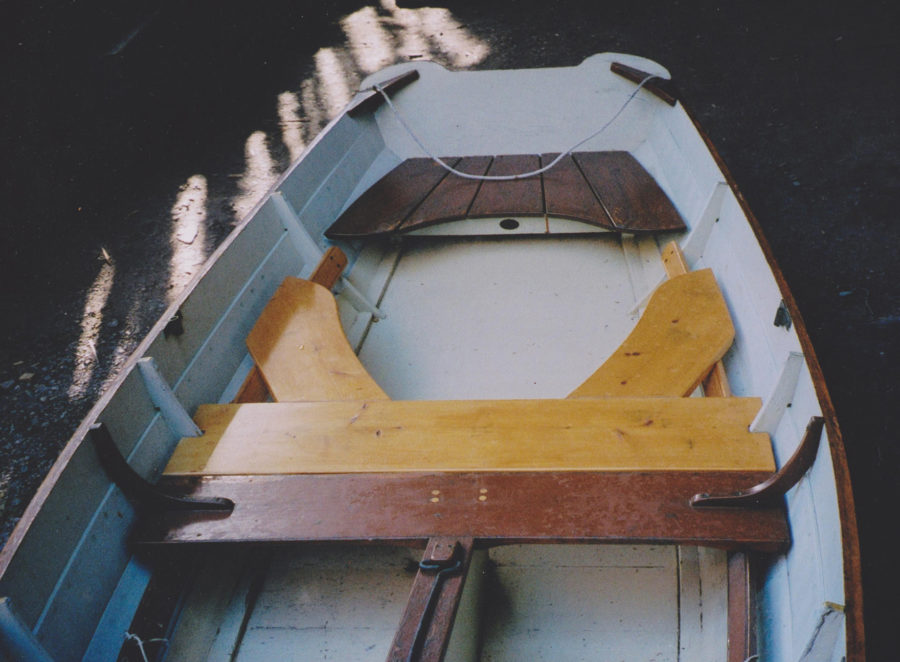
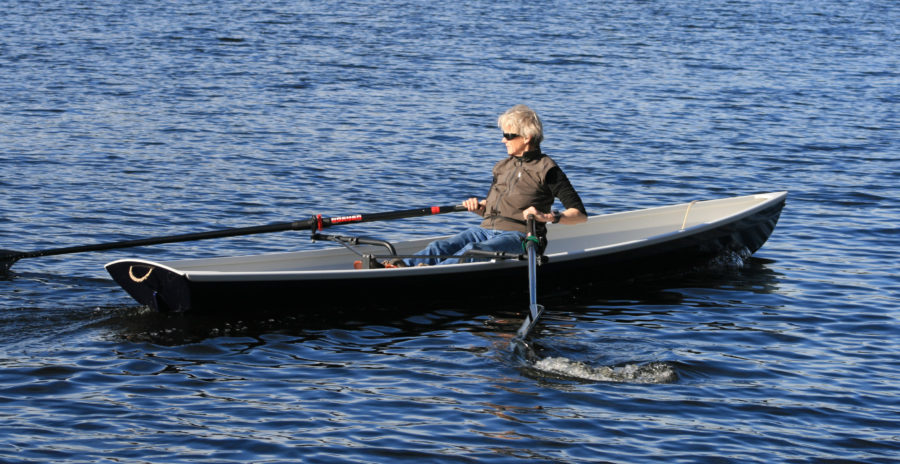
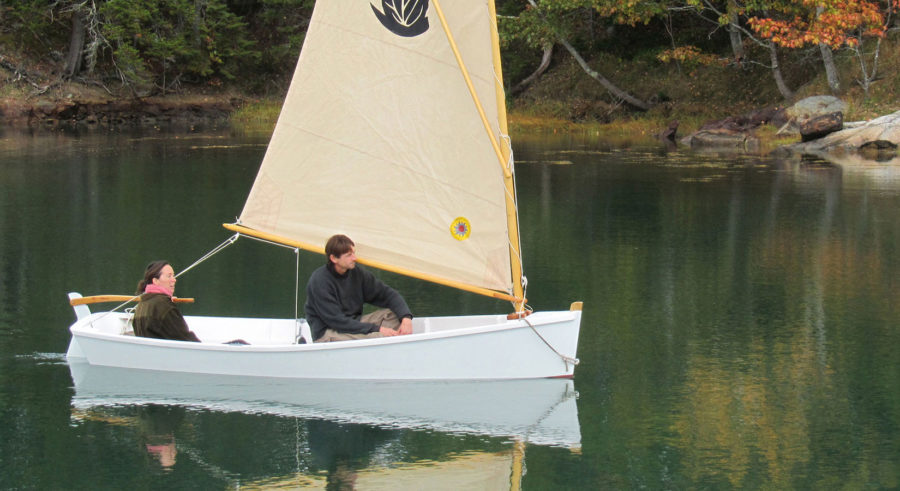
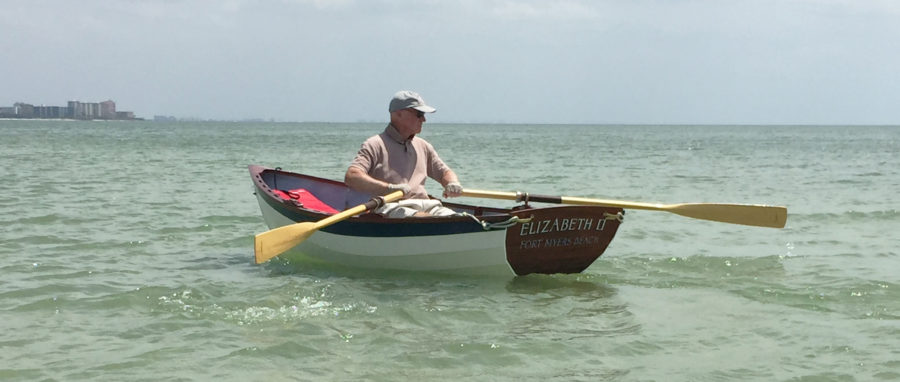
Join The Conversation
We welcome your comments about this article. If you’d like to include a photo or a video with your comment, please email the file or link.